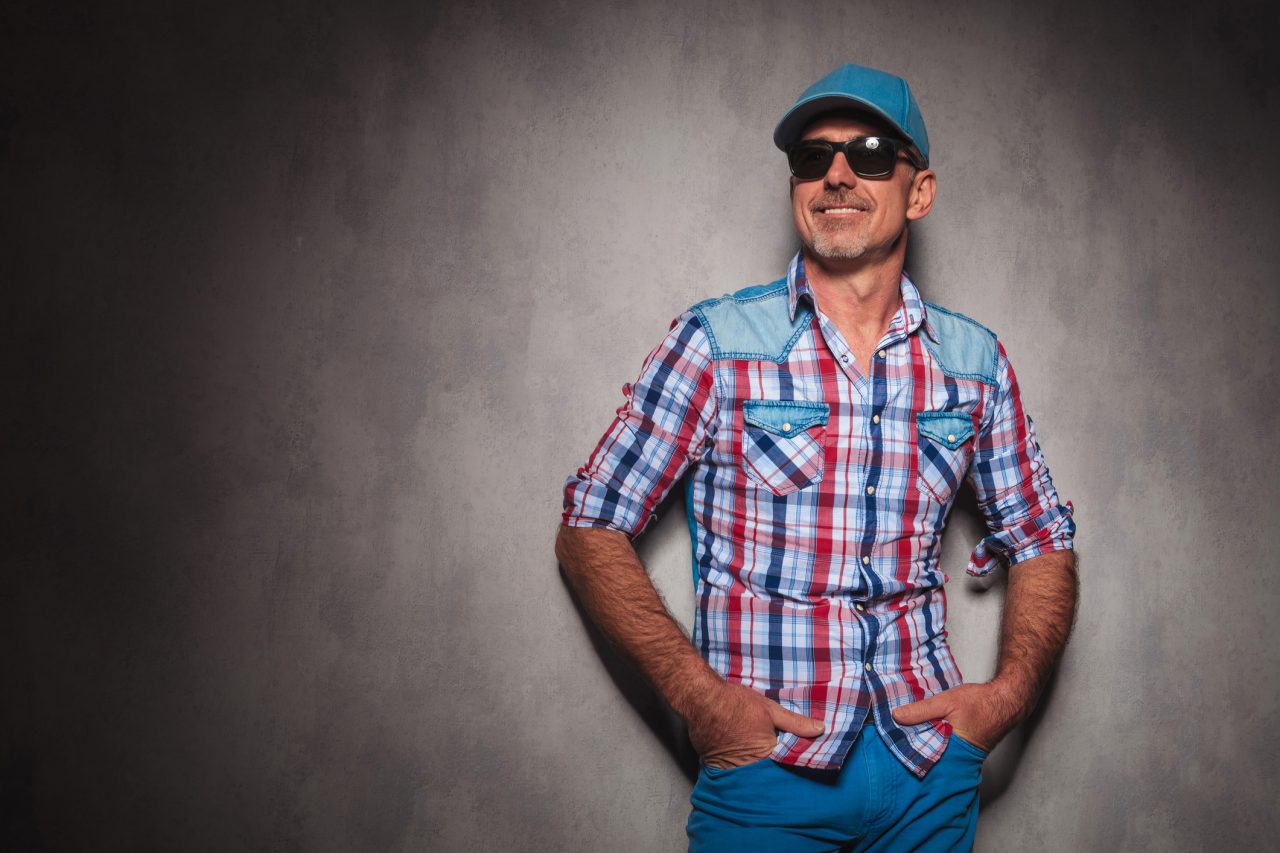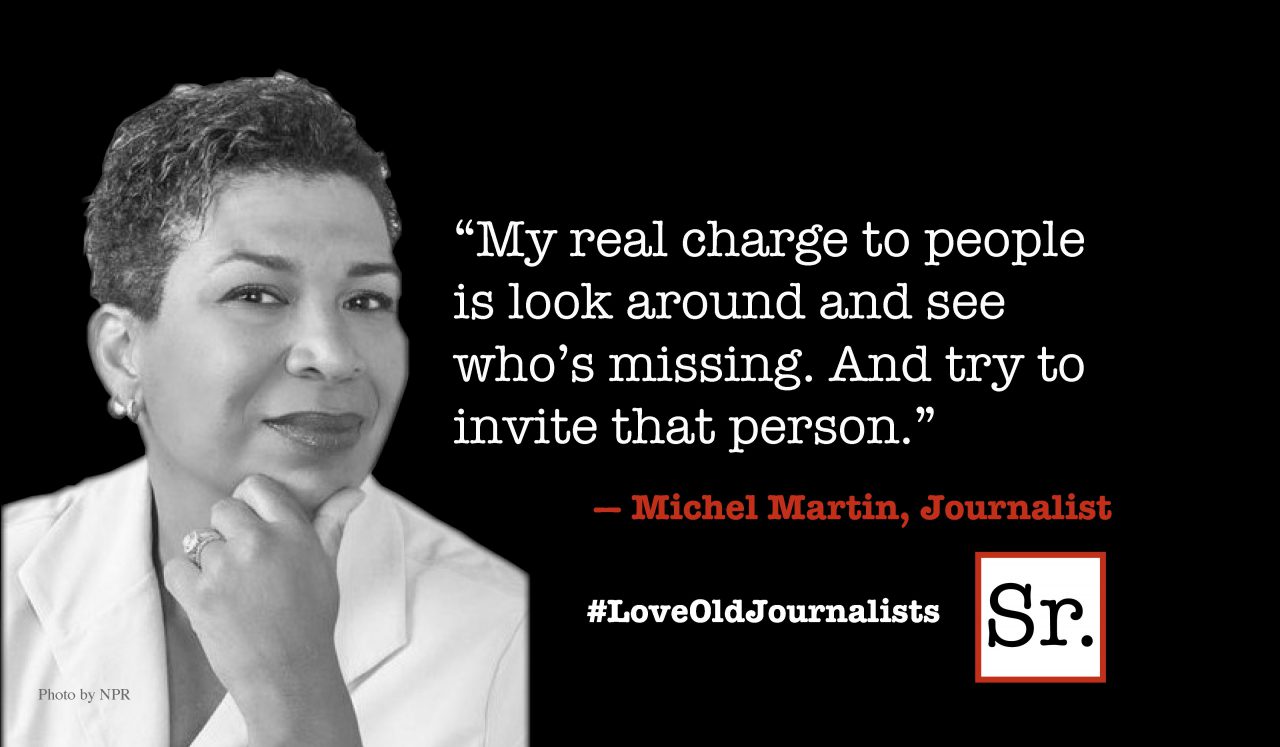When did baseball caps become the hat of choice for millions of Americans? I don’t remember when it happened, but there has been a fashion (and I use the term loosely) shift from hats worn for style or a purpose—shading, warmth, hiding bad hair, scalp protection—to the ever-popular caps that appear anywhere and everywhere at any time.
No rules seem to apply—when it is appropriate or allowed. They are seen indoors, at the dining table, in restaurants, doctor’s offices—all places that used to be taboo for head coverings. Men would immediately take their hats off at the door, but no more.
My husband, who is in the midst of his retirement career as a woodworker and cabinet maker, wears a baseball cap every day whether he needs it or not. Sometimes he even has it on when he settles in his easy chair and starts his snoozing routine as he watches TV, off and on between the short naps.
Really, he needs that hat on in the house to take a nap! I often look at him in disbelief and remind him between snoring to take it off. The retired school teacher never wore a hat in the classroom and demanded that students remove them when entering the building. Things have really changed.
My father (who was born in 1912) wore a hat his whole life—a fedora for cold weather and a beige cap with no writing on it for warmer days (it was not a true baseball cap). But he never wore either in the house or any other inside venue. The hat was immediately taken off when entering the door.
There are even shops that sell nothing but the popular caps. I remember hat shops in bigger cities when I was growing up, but all types of headgear was sold—some shops carried only women’s hats, which were required for some religious settings and social gatherings. These shops disappeared as men and women no longer needed a hat to complete their ensemble or for etiquette requirements.
So where did this obsession originate? Research reports that the caps grew in prominence in the 1970s and are often bought as souvenirs when traveling. The billion-dollar industry has prevailed as a more formal fashion scene has evolved, and sports fans show their preferences with the caps that they wear.
Here we are in 2017 and women only wear hats for a purpose, often dictated by the weather, while men have taken to the baseball cap in droves with no resistance. Some even wear them backwards which appears to defeat the purpose of the hat. Again, baseball players are the exception and have reasons for using the caps.
Possibly if spouses, partners, children, or anyone else important in the lives of the cap-lovers insisted that they wear a baseball hat, maybe it would reverse the trend—I doubt it, but it could be worth a try!
Of course, this could upset the economic stability of the country since many males of all ages have at least a dozen or more of these head coverings. I do have to admit I help the economy by sometimes buying a cap, but I only wear one when there is a real need—glare, bad hair, wind, etc. But I shop for ones that are unique and often have a bit of bling.
One alternative that looks rather dashing is the flat cap often made of tweed material—it is also called the newsboy hat, British cap, or golf hat. It is more appropriate for colder months since many are made of wool. But I don’t think this will hit the market like the baseball cap.
I am not advocating total annihilation of the very popular baseball caps—they are needed for the sport itself—but could we at least cut back on when and where they are worn. Definitely not in the house, restaurants, churches, theaters, meetings, or other indoor settings, especially formal gatherings. These should be a few of the restrictions.
Possibly these few restrictions could restore a little of the decorum and civility my father and his generation practiced and perpetuated by taking off the hat when coming through the door to enter the house or any building. I was recently encouraged at the Kennedy Center in Washington, D.C., not one baseball cap had entered the premises. Maybe there is some hope!









